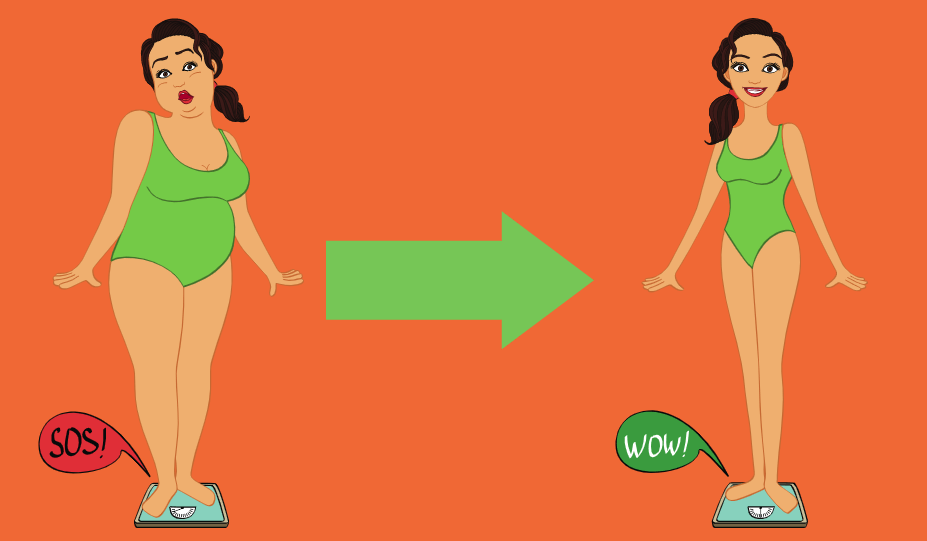5 rules to how to lose weight fast naturally and permanently without exercise
Contents
1 # White carbs
2# Always eat the same things
3# Avoid drinking calories
4# Pay attention to fruits
5# Take only one day off per week
It is possible to lose weight fast, naturally, and permanently without exercise.
With the following guide you’ll be able to:
- have a cheat day without worrying about your weight;
- avoid taking medications, weight loss supplements, drugs;
- burn fat fast and keep it off long term.
There are only 5 principles you need to follow:
1. Avoid eating white carbs:
The white and refined carbs list that you must absolutely avoid:
- bread
- pasta
- butter
- rice
- cheese
- breakfast cereals
- tortillas
- breaded foods
- fried foods
- most of the desserts
- snacks
- fast food
- margarine
- ready meals
- donuts
- popcorns
- various industrial foods
List of additional foods to avoid: “the ghost foods”:
Ghost foods are those foods deprived of any nutritional factor that infest the carts at the supermarket:
- cookies without sugar;
- yogurt 0% fat;
- no calories beverages;
- all foods without nutrients.
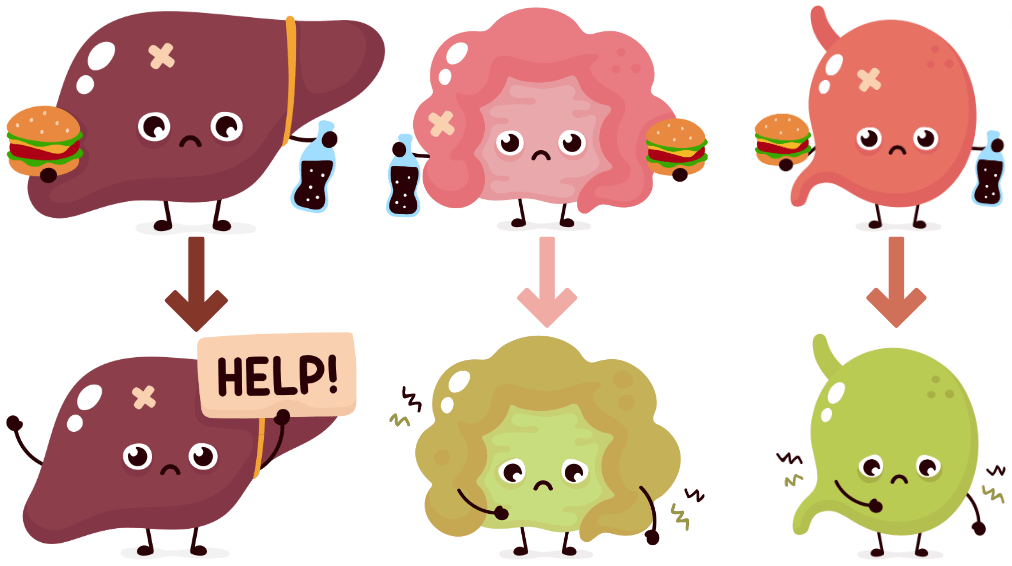
The categories of foods that are not dangerous can be counted on one hand.
When you eat calorie-dense and nutrient-dense food, your body gives you clear signals that it is full.
If you ingest “empty” foods, you will end up eating constantly.
Why do I keep eating even though I’m not hungry?
In addition to emotional factors (such as boredom, anxiety, stress, etc.) you must take more account of the physical ones.
Excessive consumption of industrial foods, full of refined sugars, can mess up your blood sugar.
Your body feels the lack of it and informs you very quickly.
In addition, when you initially try to remove them from your daily nutrition, you may experience changes in performance and mood.
This is why anyone who tries to “get back on track” fails within a short time (in 10 days generally).
The hunger for sweets is often the result of a not controlled diet.
When you stop eating wrong foods, you will truly understand how it changes you and how much it was worth it.
Here you will find in detail which foods are the most harmful to your brain.
2# Always eat the same things:
The brain is an organ (and a muscle) that needs constancy, simplicity and repetition in order to create a lasting habit.
It is designed to defend you and to save as much energy as possible, so that it requires simple and repetitive procedures.
If you always have to make different meals at different times, the brain has to make an extra effort, combining too many foods and cooking differently each time.
Result: in a short time you will stop everything.
Each meal must always consist of a triad composed by:
PROTEIN / LEGUME / VEGETABLE:
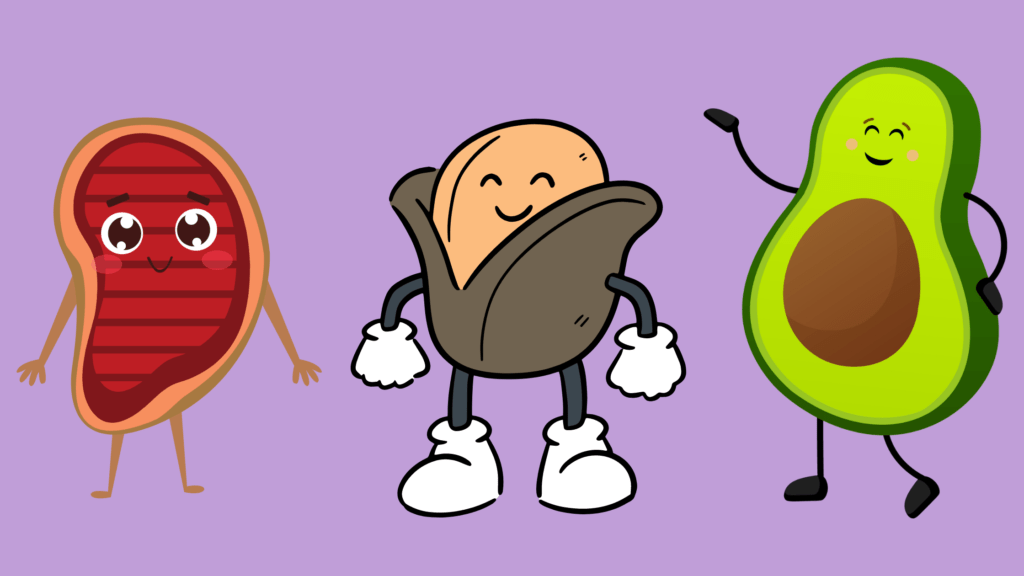
Proteins:
- Eggs;
- Fish;
- Meat;
- Beef;
- Pork;
- Chicken breast or thigh;
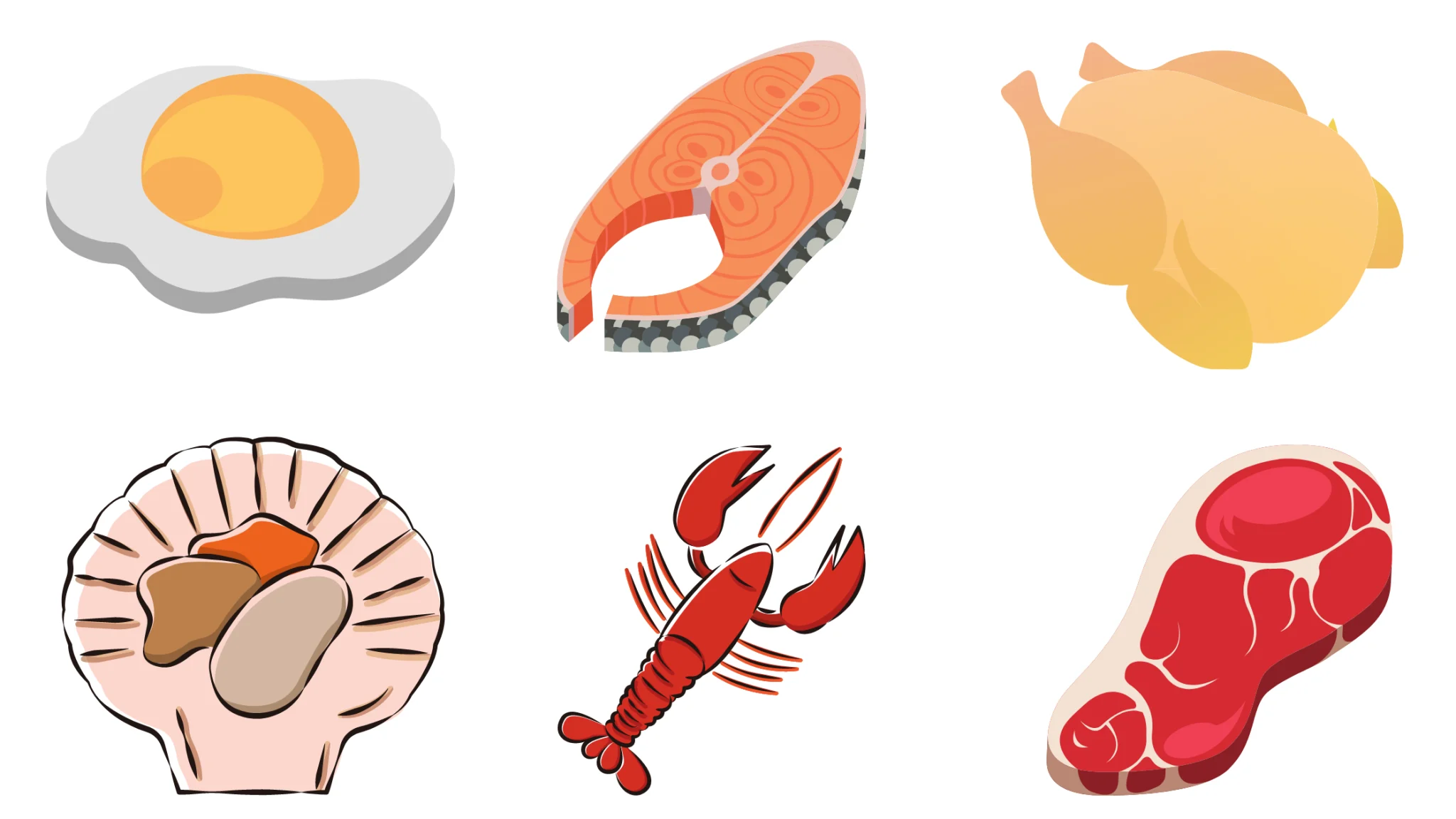
Each meal must have at least 20 grams of protein.
They must not come exclusively from fish, meat, etc., but from the whole block of proteins, legumes and vegetables.
For example if a meal has:
100 g of lentils (about 25 g of proteins);
2 eggs (about 12g of proteins);
100 g spinach (about 3 g of proteins).
The final protein sum will be approximately 40g of total proteins.
Meat is not necessary, although it certainly makes everything easier to follow.
Vegetarian and vegan foods can easily fill the minimum protein intake for each meal, simply with plant-based foods.
Legumes (better dried legumes):
- Lentils
- Every type of beans
- Peas
- Lupins
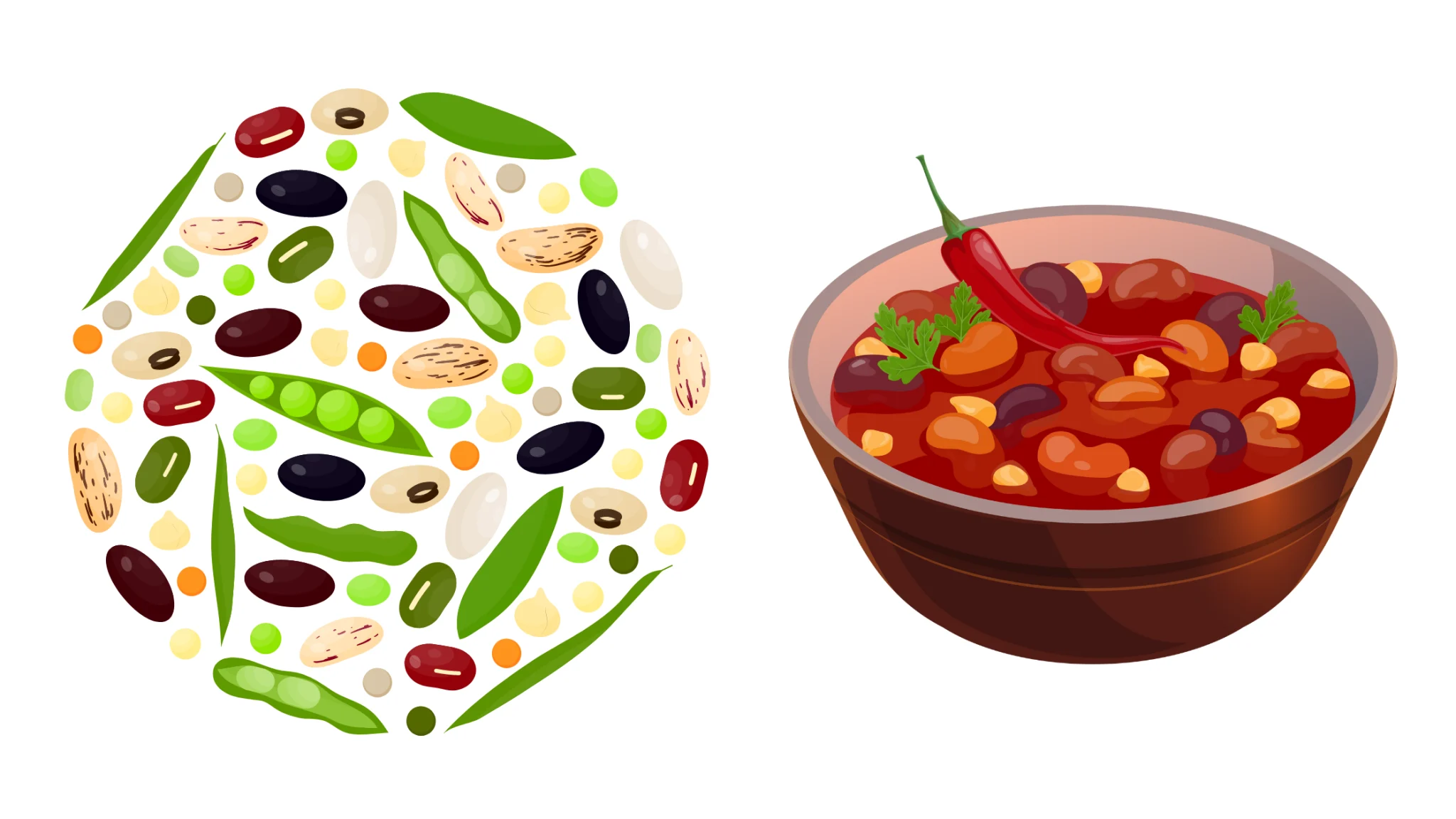
Vegetables:
Eat multicolored vegetables. Each color comes from a different cocktail of protective nutrients.
Eat large amounts of vegetables each meal without counting calories, most of all the fresh and frozen vegetables don’t have much of them.
Some examples of vegetables:
- Spinach
- Mixed vegetables
- Cruciferous
- Asparagus
- Broccoli
- Beets
- Green beans
- Soups
- Cauliflower
- Artichokes
- All kinds of cabbages
- Onion
- Salad
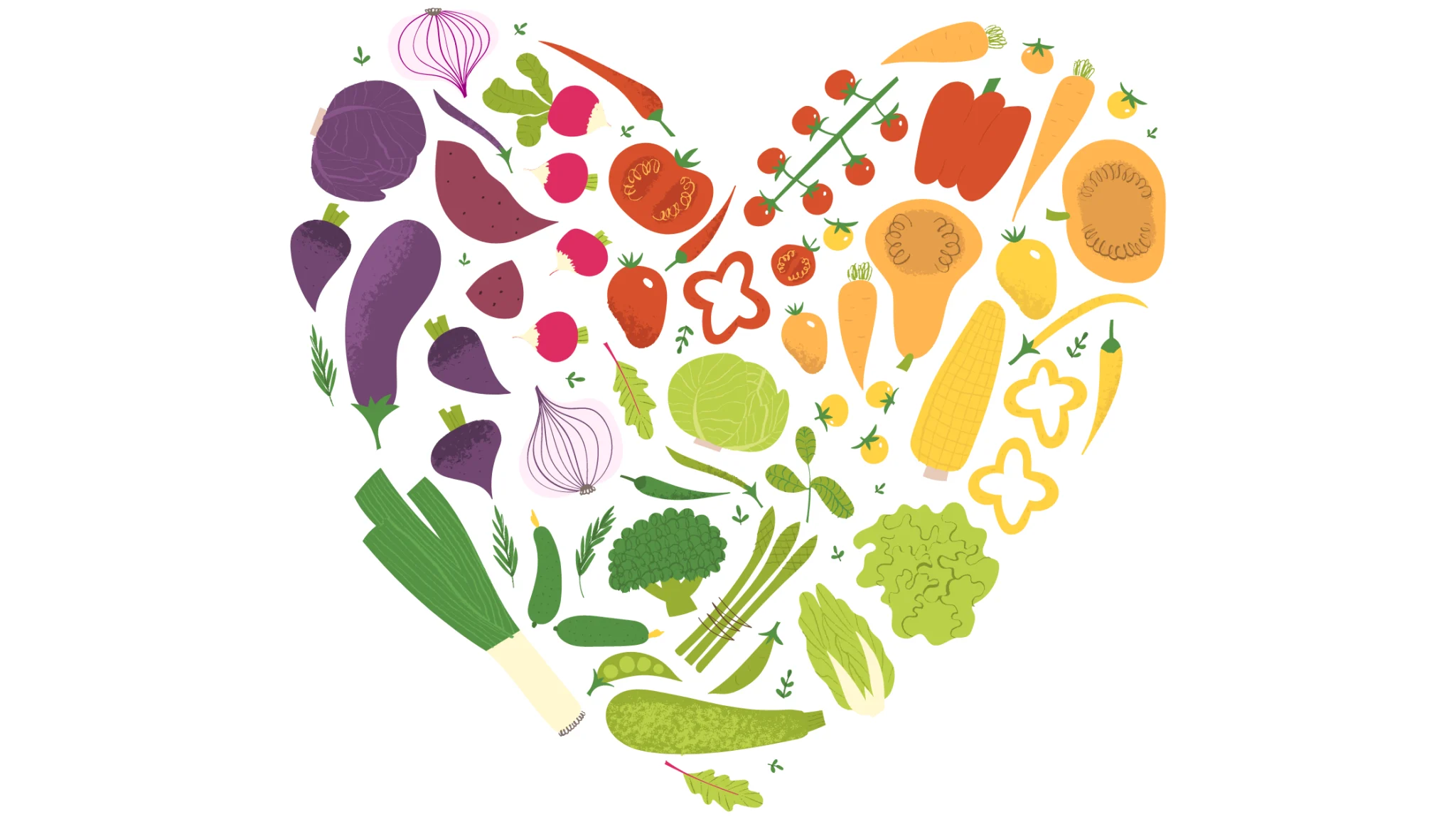
Dressing:
- spices and herbs
- montreal steak rub
- thick salsa without sugar added
- garlic salt
- white truffle sea salt
- thai chili paste
- vinegar and olive oil
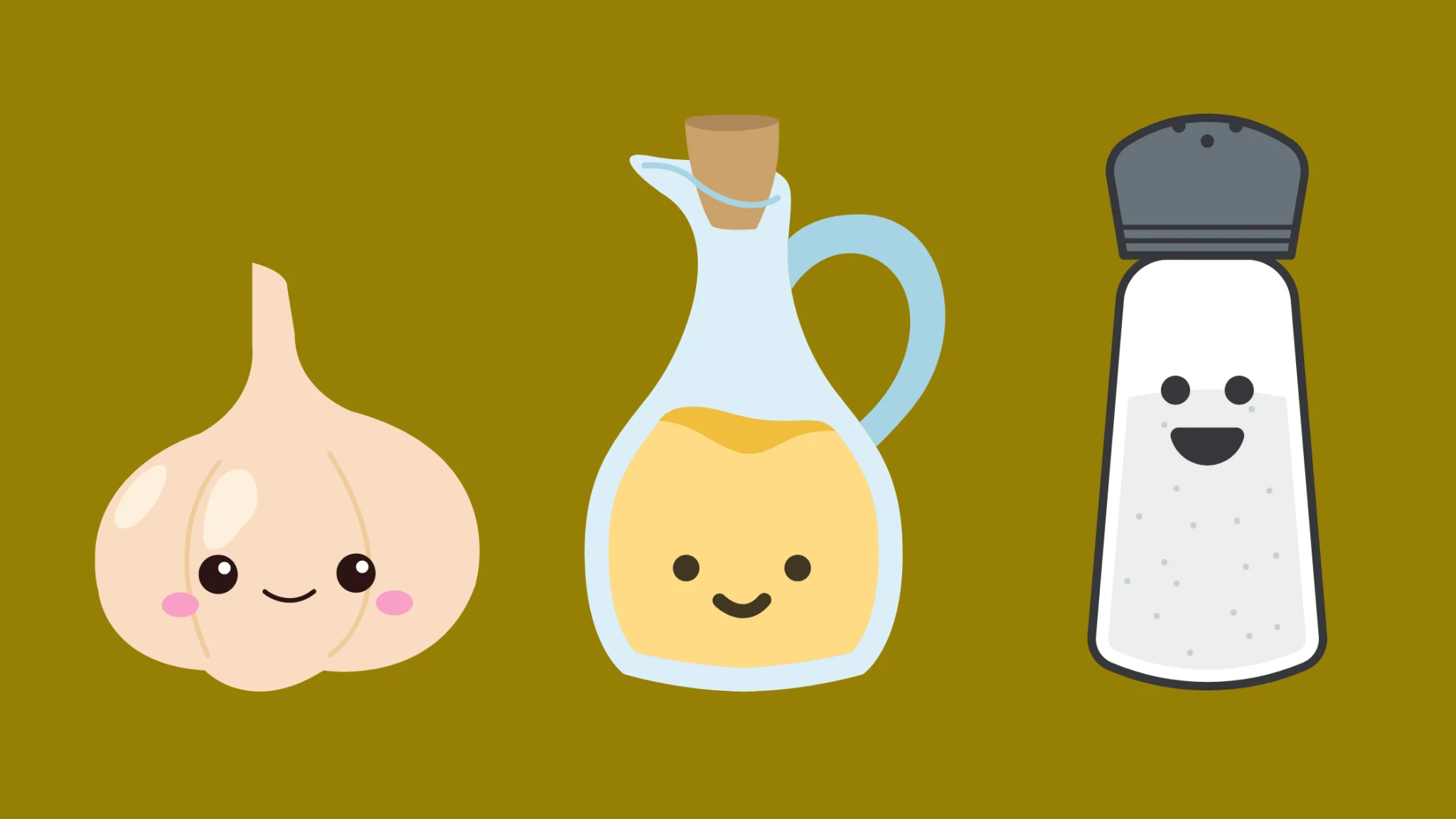
Times and calories vary from person to person.
Adjust meals according to your days and activities (work, hobbies, children, etc.).
Don’t watch when and what your family, dog or neighbors eat.
Preparing food in advance avoids compromises.
When you know what to eat during the week, you save time and money at the grocery store.
Food trays are perfect because once you fill them, you also know what you have to consume.
Set your daily meals based on your daily activities and hunger signals your body constantly sends you.
There are no studies that prove that eating multiple times a day leads to an increase in resting metabolism.
Also too many daily meals (5-6) are difficult to be planned.
If you are still hungry during the day it is because your body has not received enough nutrients.
So the legend that says “To lose weight you have to eat less” doesn’t have safe evidences to be taken into consideration.
An example of a breakfast might consist of 2 whole eggs, lentils and spinach.
At breakfast? Exactly.
The main difficulty is to replace the first meal of the day with foods that you would usually eat at lunch or dinner.
It doesn’t have to be fun, it has to lead to a result.
Feeling good, being stronger and more energetic, sleeping better at night, and looking better pays off enough.
This is an example of my current weekly schedule updated to March 2023:
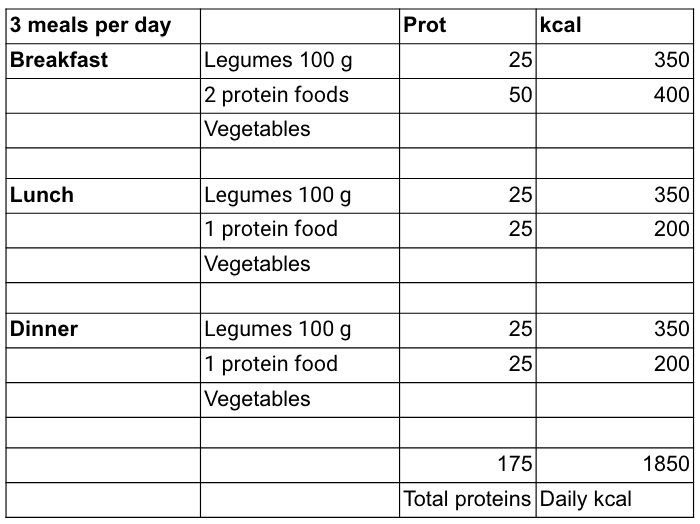
As you can see, it’s a simple plan and allows me to decide which protein food, legume and vegetable to choose for each meal.
How to control yourself to eat healthy food.
A little trick that I often use is to bring with you a food tray.
In it there are already cooked breakfast and lunch.
In this way I don’t have to eat breakfast early in the morning, but only when I feel hungry.
3# Avoid drinking calories:
- Only drink water.
To ensure optimal liver function, and promote weight loss, you need to drink large quantities of water.
Especially during the cheat day, due to carbohydrate overload.
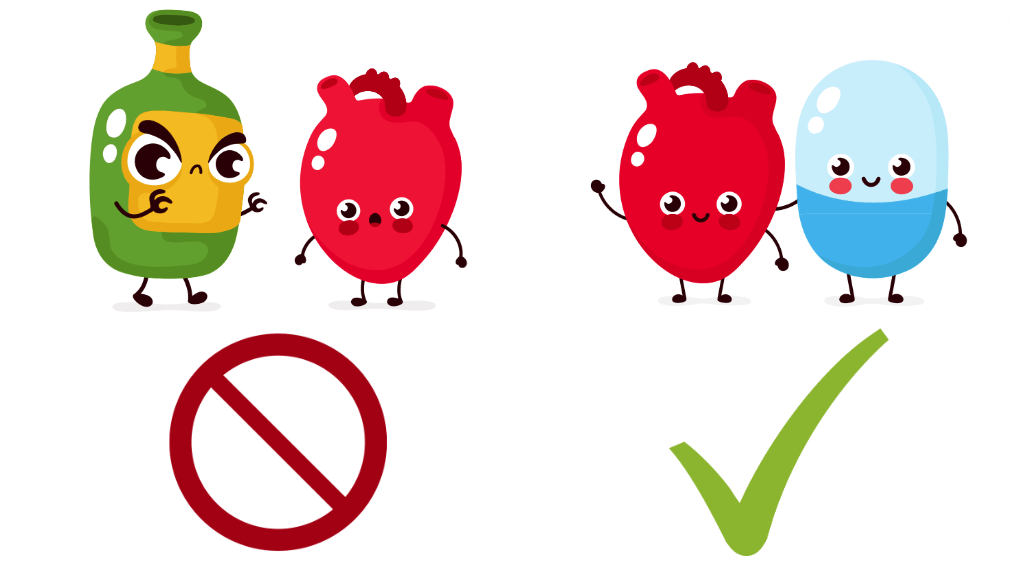
- Tea and coffee to drink without sugar or sweeteners.
Coffee plays a beneficial role in the liver, cognitive functions and the brain.
However, an excess of caffeine can cause sleep and physical problems, reason enough to drink it in moderate doses, up to a maximum daily amount of 300-400 mg per day (one cup contains 40 mg of caffeine).
Green tea (matcha) overflows with antioxidants and can prevent breast cancer, as well as protect against malignant gynecological conditions, can lower cholesterol, blood pressure and blood sugar, and decrease body fat.
Drink it without sugar or sweeteners and without lemon (the phytonutrients are only released in presence of a certain PH).
- Do not drink milk, carbonated beverages and fruit juices.
It is true that milk has a low glycemic index and a low glycemic load and as regards the latter, whole milk scores an attractive 27.
Unfortunately, dairy products have, paradoxically, a high insulin response on the insulin index balance, resulting in 3 to 6 times more insulinotropic than their respective glycemic indexes.
Researchers from the University of Lund in Sweden made a surprising discovery:
“Despite a low glycemic index (15-30), dairy products produced high insulin indices, between 90 and 98, not very different from the insulin index of white bread.”
Sugar-sweetened carbonated beverages and fruit juices are almost all sweetened.
To find it out, just go to the nutrition facts label of any food and see how many carbohydrates are present.
When the word “sugar” is present, it indicates that the carbohydrates present in 100 gr. of food consist of simple sugars.
The same happens with all the other foods at the grocery store.
- Avoid to drink wine and beer.
How to drink more water effortlessly:
In order to deceive the mind, I tried to drink water without using the glass, but directly from the bottle.
As “trivial” or “inelegant” as it may be, when you drink directly from the bottle the body does not recognize the amount of liquid present in the container.
It will thus be possible for you to drink it in large quantities.
This technique has allowed me to consume even up to 3 liters of water a day.
Preferably drink still, non-sparkling water.
Carbonated water is still water with added carbon dioxide
carbon.
This does not contain sodium salts and therefore does not help us stay hydrated (2).
4# Pay attention to fruits:
Just a small clarification: fruits are a precious asset for the body.
They contain a multitude of phytonutrient and antioxidant concentrate and are perfect to eat before and/or after any physical activities, or on an empty stomach.
Never after a meal.
Our goal is to burn fat quickly and avoid regaining it later.
Once the desired results have been obtained, fruit can only help you to feel better, especially if your diet is linked to physical activity.
Despite having a low amount of calories (only for some exceptions such as coconut), fruit contains fructose, its main sugar, which, although natural and healthy for the human body, is capable of converting into glycerol phosphate and accumulates a quantity of fat more effectively than any other carbohydrate.
Perfect for the cheat day.
Tomatoes and avocados are fine; the latter should be eaten in moderation, max 1 per day, because it is overloaded with potassium, higher than a banana.
Nuts and dried fruits are another essential food for the body, which our ancestors could not live without.
Its consumption is also very important in the modern age.
The only real fact that you should consider about nuts and dried fruit is the calorie intake, between 500 and 600 kcal per 100 gr.
That said, if properly planned, it can only make you feel better, stronger and healthier.
Only an excessive amount of nuts per day leads to a plateau in weight loss.
All the foods described in point 2 already contain the right amount of potassium, magnesium and calcium.
Here you can find a more thorough list of food containing all of them:
Foods that contain potassium:
- Cooked lima beans;
- Cooked chard;
- Cooked Halibut;
- Cooked spinach;
- Cooked Pinto beans;
- Cooked lentils;
- Cooked salmon;
- Cooked black beans;
- Sardines;
- Cooked mushrooms.
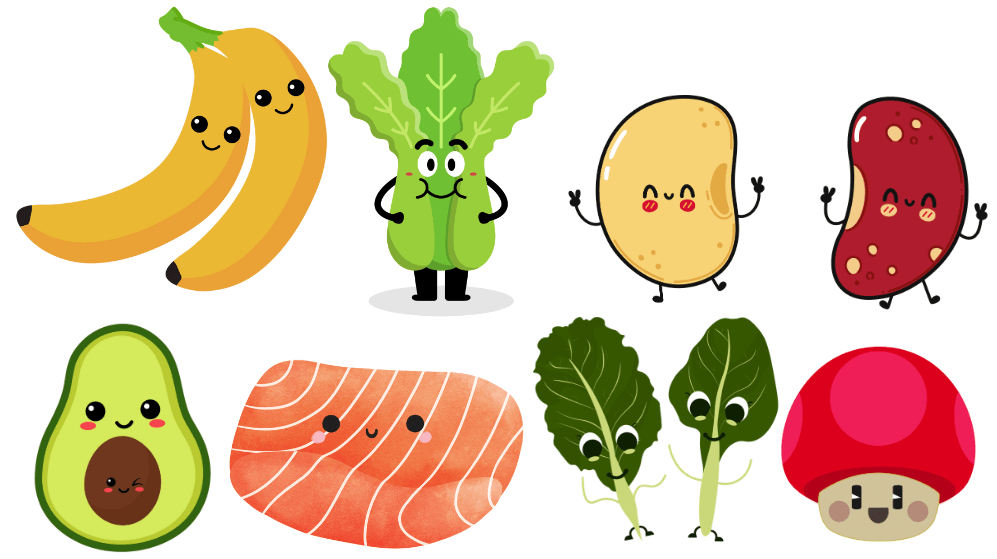
Foods that contain calcium:
- Salmon;
- Sardines;
- Mackerel;
- Firm tofu;
- Cooked cabbage;
- Cooked spinach;
- Cooked turnip greens;
- Tempeh;
- Dried agar.
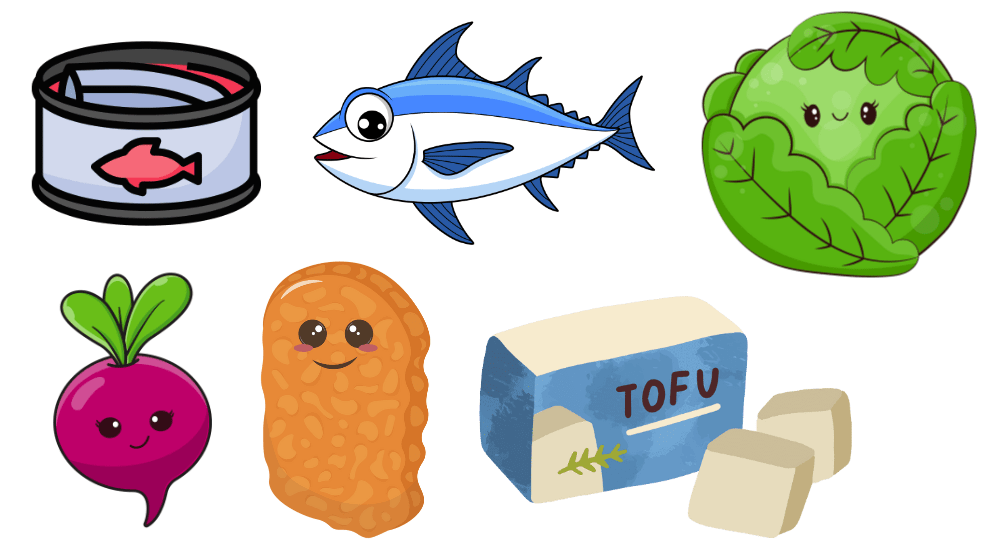
Foods containing magnesium:
- Pumpkin seeds;
- Watermelon seeds;
- Peanuts;
- Halibut;
- Almonds;
- Spinach;
- Cooked soybeans;
- Cashews;
- Pine nuts;
- Brazil nuts.
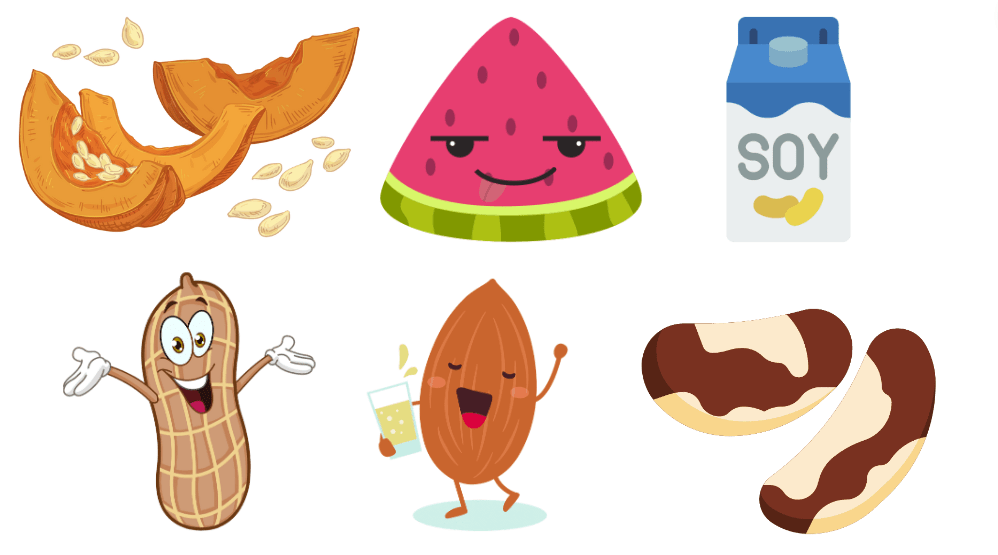
5# Take only one day off per week:
Take one day off a week where you can eat whatever you want.
It may sound too good to be true, and it really is, for a specific reason.
These weekly fluctuations in calorie intake promote weight loss, preventing the metabolism from slowing down due to prolonged calorie restrictions.
The increase of the calorie intake during this day does not necessarily have to bring you to sickness, or exclusively made up of junk foods such as chocolates, chips, fast-food foods, etc.
Processed sugar is always poison for your body.
Fruits and foods like rice, grains and wholemeal flours contain symphonies of minerals, vitamins, fiber and very slow-releasing carbohydrates, which can be used to increase calories.
The goal in this “special” day is to ensure that everything we ingest goes out of the body so quickly, that it doesn’t realize it, or rather, that it can go out without being absorbed.
What is the cheat day?
During the day off (cheat day) you are allowed to eat whatever you want.
It’s the day when you don’t count calories, and there are no limits.
Research shows that after a free meal, the body ramps up its metabolism, causing you to burn calories faster.
This is caused by increased levels of leptin, a hormone secreted by fat cells and responsible for maintaining energy balance in the body.
After you eat a larger meal than usual, your body increases leptin production by up to 30% for up to 24 hours.
Set one and only cheat day per week.
How to set your cheat day:
- The first meal on this day must be made of:
- Protein / legume / vegetable triad, increasing the minimum protein intake to 30 grams;
- Consume a small quantity of fructose, fruit sugar, in grapefruit juice before the second meal, which is the first cheat meal (even small fructose dosing has an impressive near-flat-lining effect on blood glucose);
- Coffee to speed up the speed of gastric emptying;
- Perform short muscle contractions 60-90 seconds before the binge meal and also about 2 hours after having eaten the meal.
Some muscle contractions examples can be:
- Walking (outside your home);
- Any kind of sport;
- Short squats, push-ups and back openings with an elastic band (image below).
2. The second and the third meal are totally free.
More tips about the day off:
Saturday is the best day to cheat, because we usually go out for dinner, with family, friends, etc.
I recommend having 1, maximum 2 cheat meals (4).
Although initially challenging, with obvious results, the need to override will not be so painful.
Going out to eat during your cheat meals, avoids to keep “unauthorized” foods out of your kitchen and away from any temptation.
For example, when I know I have some kind of “not allowed” food in the fridge, a little voice in my mind warns me, as if it were a GPS, that nearby there is something extremely pleasant to find and enjoy.
Planning the two free meals, avoiding resentments, and increasing the consumption of excess fat in a single day, is an excellent compromise.
If you want to keep track of your results, the only data you need to take in consideration are:
- Calories: this is the first factor that allows you to understand in which direction you are going.
The basic rule for achieving lasting weight loss is to burn more calories that you take during the day.
The most common legumes have about 350 kcal per 100 g.
The most common proteins (beef, fish, eggs, etc.) have about 200 kcal per 100 g.
Vegetables have always to be eaten in large quantities, and not only because their calorie intake is very low.
If you want to increase the calorie intake with this type of nutrition plan (called the Slow Carb diet), the legumes have to increase, if you want to eat more calories.
Otherwise their daily amount have to be controlled.
Warning: If you have a meal without or with a few legumes, you will absolutely need to increase your protein intake by at least doubled.
- Take measurements: the second value that really matters is taking measurements with a tape measure.
Don’t look at what the balance says (especially after the day off), nor the body mass index (BMI).
Fat mainly occurs around the internal organs, when we are used to believe that it is stored only under the skin.
HOW TO ESTIMATE YOUR CALORIE INTAKE:
- Calculate your basal metabolic rate:
Basal metabolic rate is the overall energy that your body needs to keep alive the brain, organs, blood circulation and all other structures.
In order to calculate it, you have to check how many calories you consume within a 24 hour period of time.
To get a generic idea try to calculate your weight x 24 hours.
For example: 71 kg x 24 = 1704
For an in-depth calculation, the site Healt-calc.com helps you very well:

Here you can find an example of my personal basal metabolic rate and energy consumption, without any daily work activity, only gender, age, weight, height and the 7 hours of rest:

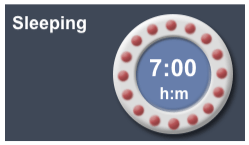
In this case the calculator says that for the remaining 17 hours I am working or making any other activities while sitting (driving, working on the computer, etc.):
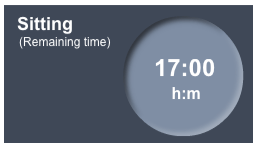
All other activities are indicated as zero:
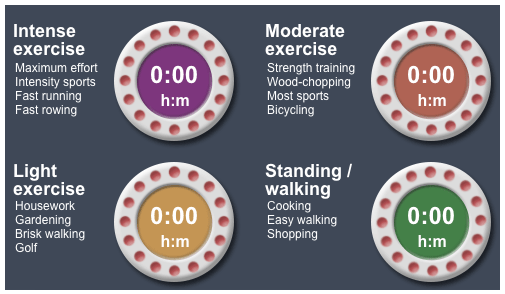
2. Calculate maximum 500 kcal less to eat daily:
In the previous example, my basal metabolic rate was 1702:

The daily total energy expenditure is 2222 kcal.:
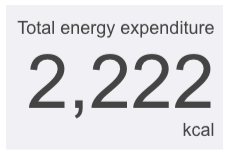
Subtracting the total energy expenditure and the basal metabolic rate we will have 520 kcal less.
I would therefore already be in line with the maximum allowable deficit.
If I work daily 8 hours of light work, then the calorie deficit increases and I would need to introduce more calories (at least 2200):
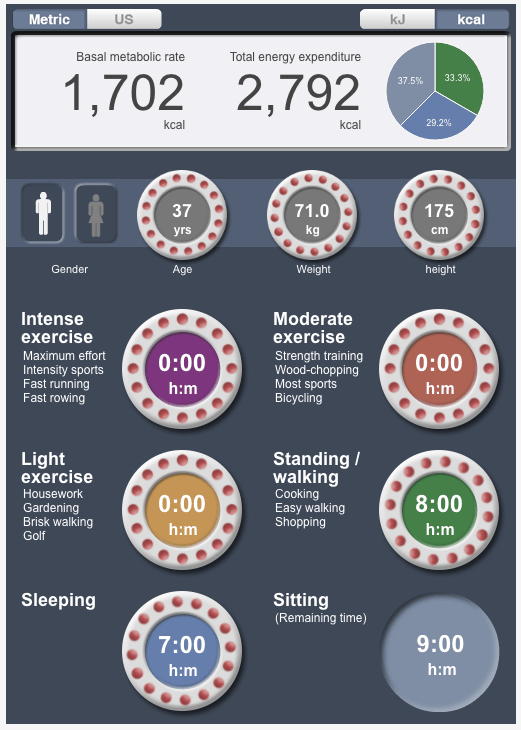
3. Make an estimation of your current body fat percentage:
Set a fixed day per week to take measures and a picture of yourself.
Grab your cell phone camera and take a picture.
This allows you to be aware of your current situation.
Take a tape measure and measure four specific points:
- both upper arms (mid-bicep);
- waist (horizontal at navel);
- hips (at widest point below waist);
- both legs (mid-thigh).
Add the measurements to get the total centimeters.
Therefore, record any changes to this number on a weekly basis.
When it decreases it also means that you are progressing.
Fat does not decrease in the areas we prefer, it depends by your body.
HOW TO EVALUATE THE RESULTS BY EYE:
Below there is a body fat percentages estimation for women and men:
https://kubexfitness.com/blog/body-fat-percentages-actually-look-like/
Warning: You must never feel hungry.
If you eat “real” food (not processed), you don’t need any daily calorie calculations.
During the day your body constantly informs you whether you are really hungry or not.
With greater caloric deficits (over 500-1000 kcal per day) the body goes into “starvation mode”.
This happens when it goes on for too long.
The theory is simple: when you start running your body into high calorie deficit (even halfway through your daily requirement), evolution has programmed it to adjust in different ways to ensure you don’t starve:
- Your metabolism slows down;
- Hunger increases;
- The body sacrifices muscle mass to to obtain more energy;
- The thyroid hormone T3 decreases its production, (which works in conjunction with T4 to regulate metabolism);
- The cortisol increases (the stress hormone), staying in your body longer, interfering with muscle synthesis;
- Testosterone decreases.
This is the reason why when some diets are too extreme, as soon as you eat a little bit more “complete” meal, the fat storage is greater than the results obtained.
# BONUS RULE N.1: HOW TO FURTHER SPEED UP YOUR WEIGHT LOSS
Now you know exactly how to set your weekly plan without help.
You know how to have tangible and visible results by eye without the need of muscle training, aerobic workouts, drugs, supplements, etc.
As a bonus rule you can find below a small list of tricks that will allow you to speed up the breakdown of the last and uncomfortable fat cells:
-
- Consume at least 30 grams of protein within 30 minutes of waking up;
- Drink cold water before each meal, to increase metabolism by 24-30%;
- Drink a lemon juice: it reduces blood sugar spikes (3 tablespoons per meal are enough);
- Take cinnamon: it reduces the glycemic index by 30% (no more than 4 grams per day = max 1 and a half teaspoon per day; too much becomes dangerous because you risk excessive blood thinning);
- Cold exposure: take a cold shower 5-10 minutes before breakfast or before bedtime. 1-2 minutes of hot water and switch to cold for another 1-3 minutes;
- Increasing the content of (good) fats before the main meal to reduce the glycemic response (eg dried fruit, Brazil nuts, etc.);
- Eat your meal slowly (even until 30 minutes for one meal): it reduces blood glucose spikes (eat smaller portions and/or eat much slower).
Bibliography:
(1) Nick Littlehales; Sleep: The Myth of 8 Hours, the Power of Naps, and the New Plan to Recharge Your Body and Mind. Da Capo Lifelong Books; 1st edition (March 6, 2018).
(2) Lisa Mosconi; Brain Food: The Surprising Science of Eating for Cognitive Power. Avery; Illustrated edition (December 31, 2019).
(3) Michael Greger & Gene Stone; How Not to Die: Discover the Foods Scientifically Proven to Prevent and Reverse Disease. Flatiron Books; 1st edition (December 8, 2015).
(4) Michael Matthews; Bigger Leaner Stronger: The Simple Science of Building the Ultimate Male Body. Oculus Publishers; 3rd edition (January 5, 2014)

